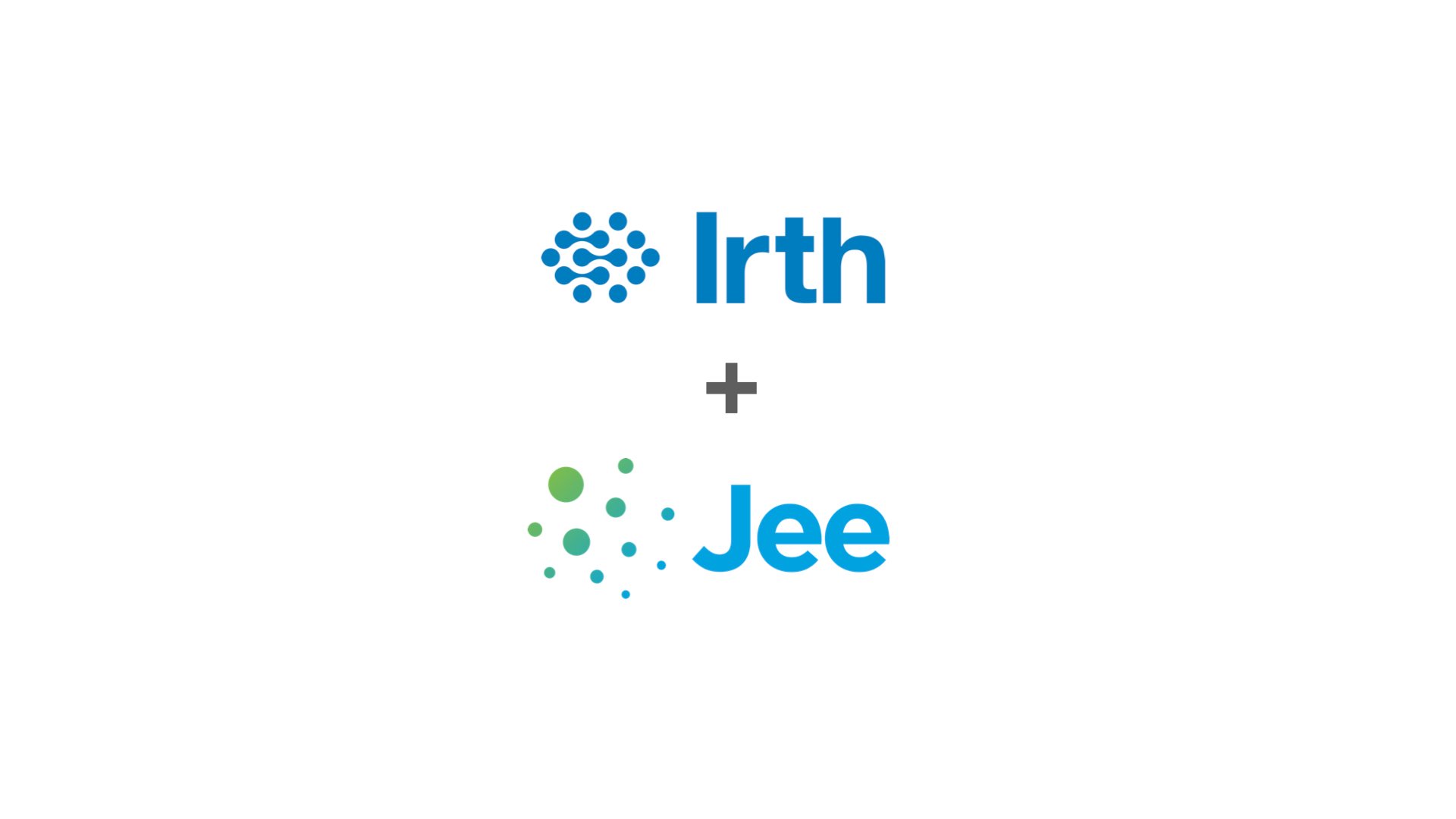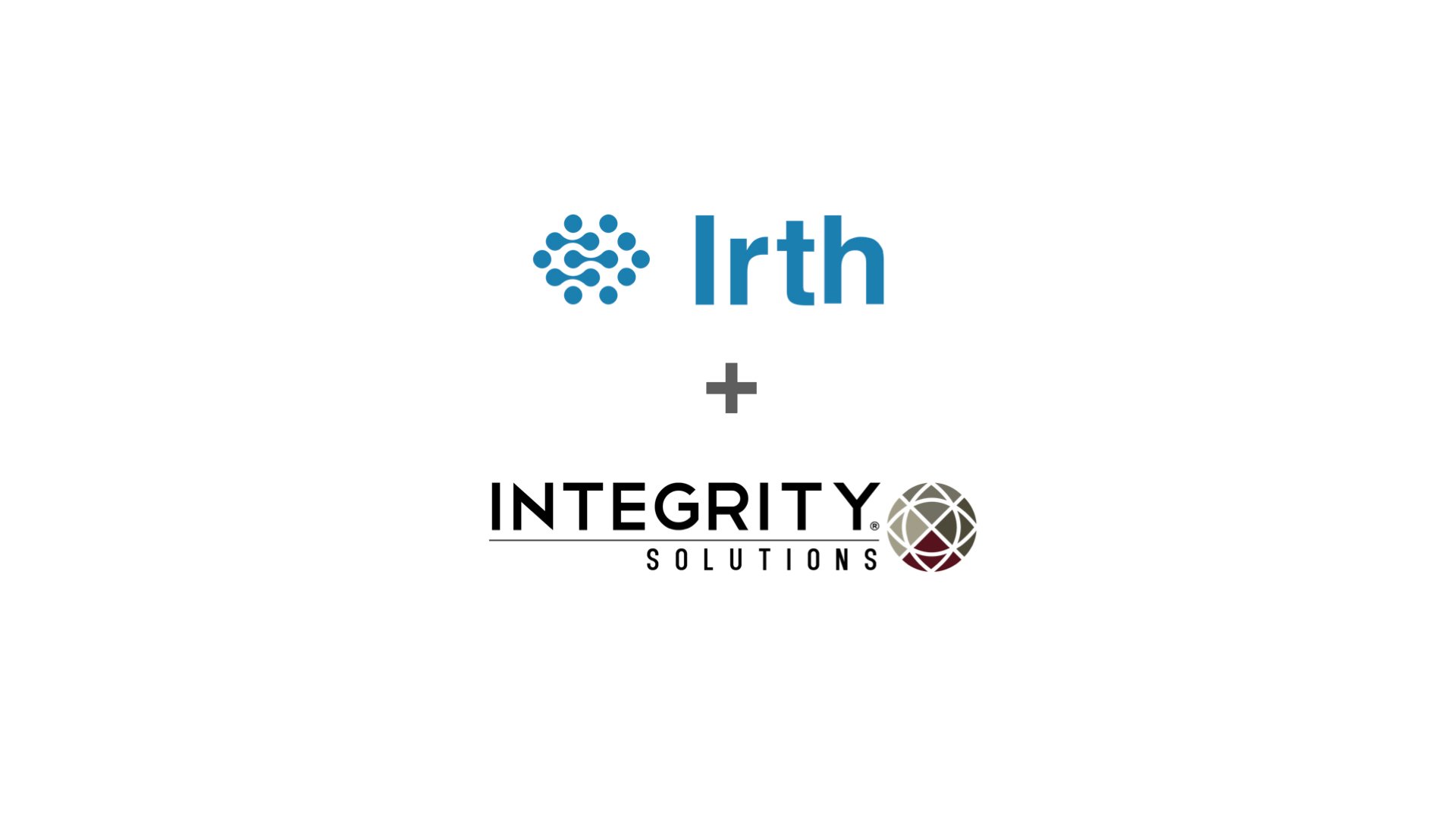The Future is Here: How AI, ML & DS are Transforming Pipeline Integrity
Across the pipeline industry, artificial intelligence (AI), machine learning (ML), and data science (DS) are evolving from buzzwords to tangible...

The federal rule for gas pipelines in the US requires that specific preventive and mitigative measures be taken to reduce the risk of a pipeline failure. Specifically, a risk analysis must be conducted to determine if a rupture mitigation valve (RMV) would be an efficient means of protecting an HCA in the event of a release. If so, the pipeline operator must install the RMV or alternative technology.
Recently, our professional services team completed a comprehensive risk analysis to make such a determination for a current CIM customer and gas pipeline operator, taking advantage of data that Irth already had access to.
“If an operator determines, based on a risk analysis, that a rupture-mitigation valve (RMV) or alternative equivalent technology would be an efficient means of adding protection to a high-consequence area (HCA) in the event of a gas release, an operator must install the RMV or alternative equivalent technology.” – 49 CFR 192.935(c)
Our professional services team created a risk model specifically to study the impacts of a gas release according to the seven risk factors explicitly called out in PHMSA’s Rupture Mitigation Valve regulation:
These inputs were assigned numeric scores that represented the relative effects on failure
likelihood of a pipeline characteristic. Each input was also assigned a numerical weight, which
reflected an assessment of the importance of the potential for a pipeline failure.
The scope of this study included an assessment of 375 miles of gas pipeline that contained a high consequence area.
One of the aspects of the risk analysis was determining the potential for ignition. The analysis examined the Lower Explosive Limit buffer derived from CANARY modeling. It used a combination of data that was publicly available, provided by the client, and provided by a third party to locate potential sources of ignition within the buffers. A geospatial proximity analysis was performed to align the density of ignition sources with current valve positions and HCAs so that the ignition source factor risk can be effectively evaluated.
The risk model used a “Linear Reference System” (LRS) to tie risk factors to specific points or segments on the pipeline. Pipeline risk factors could be a range determined by pipe properties, HCAs, class locations, inline inspection (ILI), MAOP, test pressure, or single points, e.g., facilities, valves, crossings, anomalies identified by ILI, girth welds, etc. The reference system was then integrated with a “geographical” location system to tie points and segments on the pipeline with the location of high-risk environmental features, e.g., HCAs, buildings, bodies of water, and elevation changes. Risk factors affecting both the likelihood and consequences of a release were aligned, so that inputs to the risk model appropriately represented each location on the pipeline. This allows the risk model to reflect the unique combination of risk factors representative at each location.
This risk model segmented the pipeline system based on different risk characteristics along the pipeline, as seen in Figure 2. Segmentation was achieved “dynamically” for 27 different risk factors, where the model then estimated risk separately for each segment.
Dynamic segmentation, while extremely valuable for understanding risk at a given location along the pipeline, can generate an unmanageable number of analysis segments. The risk model included the capability to “collapse” analysis segments with their corresponding risk scores. The Collapsed Risk Assessment takes the granular risk results and collapses statistically similar data together, allowing the lists to have a more manageable number of segments.
Those risk variables with the most significant impact on risk model output results are referred to as the “risk drivers.” Investigation of risk drivers suggested potential preventive and/or mitigative measures, by indicating the factors that could lead to the most significant reduction in risk if improved. The risk models included risk factors that were affected by the potential preventive and mitigative measures.
One of the many deliverables was a Criteria Document that was used to guide decisions on whether none, one, or more RMVs could potentially help to protect high-consequence areas in the event of a natural gas pipeline release, as well as a ranked list of pipeline segments using the RMV model criteria.
Additionally, a finalized risk model/algorithm that can be used iteratively was created as a result of this project.

Across the pipeline industry, artificial intelligence (AI), machine learning (ML), and data science (DS) are evolving from buzzwords to tangible...

COLUMBUS, OH and LONDON, UK — November 13, 2025 — Irth Solutions, Inc. a leader in cloud-native software for asset integrity and risk management, and...

COLUMBUS, OH — November 13, 2025 — Irth Solutions, a leader in cloud-native SaaS for asset integrity and risk management, and Integrity Solutions, a...